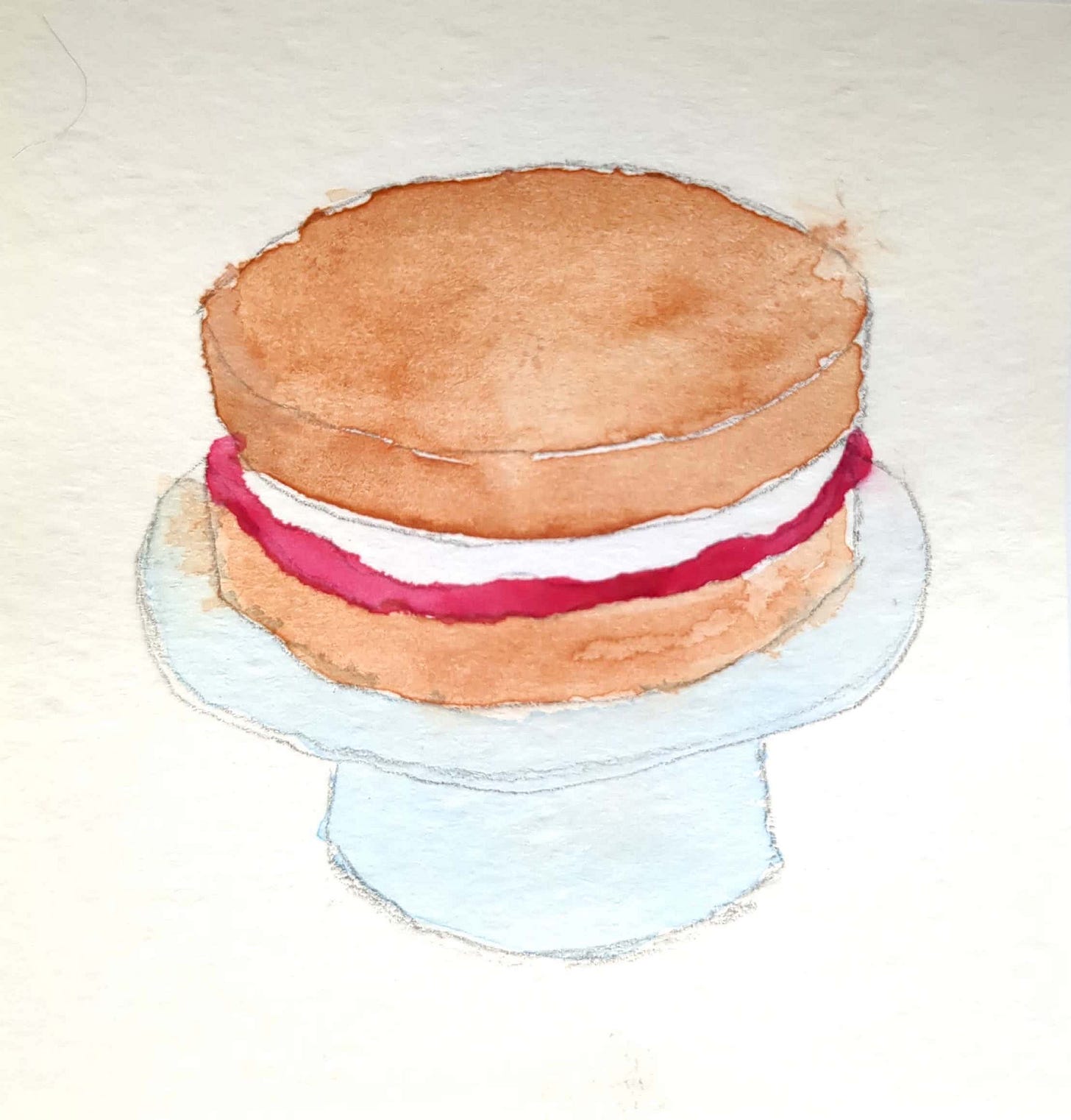Considered by many to be the gold standard of cakes, though… do many people actually like it that much? Sure, you’ll gravitate to it if it’s the only thing available, and it’s got all the basics you want in a cake — sugar, flower, a nice filling — but it has a tendency to leave many people wanting more.
This cake requires precise empirical measurement and much protocol-following, which gives the impression that anyone can do it. But just ask anyone at the CWA: this cake is a true classic that demands deep knowledge, practice, and skill to make something truly satisfying. The make-it-or-break-it element here is the jam, selected by each practitioner depending on their style, which can range from classic (strawberry) to something more inventive (hibiscus), and can be the difference between something that really works for you and something that leaves you wondering what all the hype was about.
Most sponge cakes are fine, even good. Some people love them. They do the job, they’re efficient, and recipes are handed down through the generations. Most people accept that if you follow the steps and do your homework, you’ll end up with a cake that looks and tastes exactly how society tells you it should. It’s exactly what you need in some situations (competitions at the Royal Show, Lion’s Club meetings…), and many love its classic simplicity. You can eat this cake for a lifetime and be satisfied enough, but how much of that might simply be because you’ve never tried the other cakes at the table?
—
This is part of my ‘Comparative Psych Cake’ series, which I made when I was studying for ANZPOP’s Phase 1 Comparative Psych Exam. Whimsical? Yes. Far less boring than reading psych textbooks? Also yes.
But tell me: what have I missed, or oversimplified, with this foray into cake-dom? What cake is CBT to you? Bring your own dessert to the tea party in the comments!




